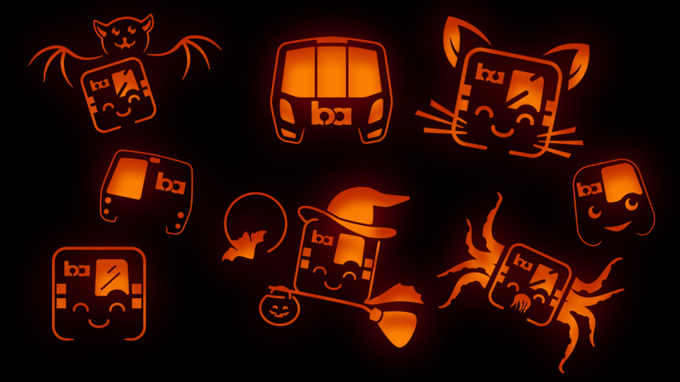Search Results
Cyclists to celebrate BART's newest bike station at Ashby on Friday
Tomorrow cyclists who ride to BART will celebrate the newest place to safely store their bicycles: the Ashby Bike Station. The Bike Station will hold an open house Friday, June 10, starting at 7:30 pm. The open house precedes the start of the monthly East Bay Bike Party, which this month encourages
BART elevators set to receive makeovers, will be closed as flooring replaced
UPDATE 12/14/2015: THE MODIFICATIONS ARE ON HOLD. (We are addressing some technical issues with the modifications and will post a new schedule as soon as the issues are resolved). It’s no secret that BART’s elevators can be filthy – and part of that problem stems from shortcomings surrounding the original
Monthly reserved parking available now at many BART stations
Rather than driving all the way to work and dealing with the stress of traffic, here are stations where you can reserve monthly parking and ride BART instead. This is the list of stations with monthly reserved parking available as of Monday, Nov. 2, 2009. Availability is subject to change and there may be
BART train operator brings a sense of humor to the afternoon commute
Train operators are a critical part of the team that keeps BART moving around the Bay. The system may be automated but the operators are the eyes and ears of the trains. It’s an important job but a sense of humor can still come in handy. In our latest edition of “Hidden Tracks: Stories from BART” we take a
Pride parade results in highest Sunday BART ridership ever
195,700 riders used BART to LGBT Pride parade The Lesbian, Gay, Bisexual and Transgender PRIDE parade yesterday drew so many people to BART that the agency experienced its highest ridership for a Sunday in its nearly 35 years of train service. The final numbers show that 195,700 people rode BART yesterday
Service restored after North Berkeley BART equipment problem
Service has been restored on BART following an equipment problem that resulted in the suspension of service between the North Berkeley and El Cerrito Del Norte Stations on Wednesday evening. A report of a possible fire on trackway north of the North Berkeley Station was received around 6:47 p.m., but no
BART Board schedules Fiscal Year 2016 budget meetings
The BART Board has set the following calendar for discussion and adoption of the Fiscal Year 2016 Budget: May 14, 2015, 9:00 am: Preliminary Budget Overview: Sources, Uses, and Service Plan May 28, 2015, 5:30 pm: Public Hearing on FY16 Budget Resolution to Adopt FY16 Proposition 4 Appropriations Limit FY16
BART-themed pumpkin carving stencils are here
Carving a pumpkin is an art. The "oooos" and "aahhs" of trick-or-treaters coming to your door as they check out your carefully crafted pumpkin is something we all love to hear. From the classic jack-o'-lantern to a favorite cartoon character, there’s so much to choose from when it comes to pumpkin carving.
Luckily for you, we have your solution…eight BART train stencils that are bound to get you many smiles. Check out the BARTable post for the designs that come in beginner, intermediate, and expert.

BART Board schedules Fiscal Year 2015 budget meetings
The BART Board has set the following calendar for discussion and adoption of the Fiscal Year 2015 Budget: May 8, 2014, 9am: Preliminary Budget Overview: Sources, Uses, and Service Plan May 22, 2014, 5pm: Public Hearing on FY15 Budget Resolution to Adopt FY15 Proposition 4 Appropriations Limit FY15 Notice of
BART Police release image of Fruitvale Station stabbing suspect
The BART Police Department today released images of a suspect being sought in connection with a stabbing that took place onboard a train at the Fruitvale Station on Friday afternoon. The incident happened at 2:48 pm on March 22, 2019. The pictured suspect was involved in a fight with another male on a